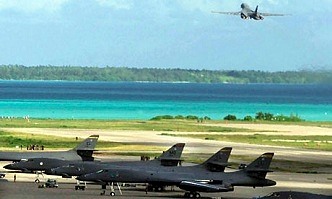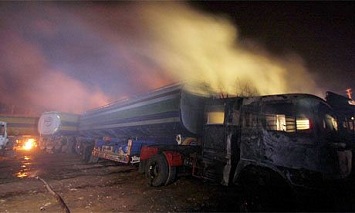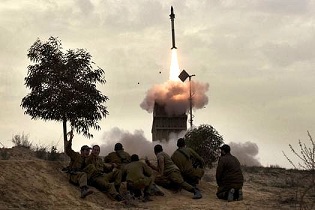Japanese revanchist militarism danger
New Japanese government marks dangerous turn to militarism
The return of the Liberal Democratic Party (LDP) to power in last Sunday’s election in Japan marks a sea change not only in Japanese, but also in international politics. The nationalism and militarism that pervaded the election campaign signal the determination of the Japanese ruling class to reassert its interests in Asia and globally by every means, including military force.
LDP leader Shinzo Abe, who will be installed next week as prime minister, has already signalled a hard line response in the territorial dispute with Beijing over the islands known as Senkaku in Japan and Diaoyu in China. Speaking to Japan’s national broadcaster NHK, Abe declared that the Senkakus were part of “Japan’s inherent territory” and warned that “our objective is to stop the challenge” from China.
During the election campaign, the LDP advocated the building of permanent structures on the uninhabited islands—a move that would dramatically worsen relations with China. A tense situation already exists in the East China Sea after the present Democratic Party of Japan (DPJ) government “nationalised” the islets in September. Last week, the Japanese military scrambled fighter jets to intercept a Chinese maritime surveillance plane that entered the airspace around the islands.
The governments in both Japan and China have resorted to whipping up nationalism as the global economic crisis has increasingly impacted their economies, fuelling widespread public disaffection and anger over deteriorating living standards. Beijing responded to the “nationalisation” of the Senkakus by giving the green light for anti-Japanese protests that had an openly racist character.

































